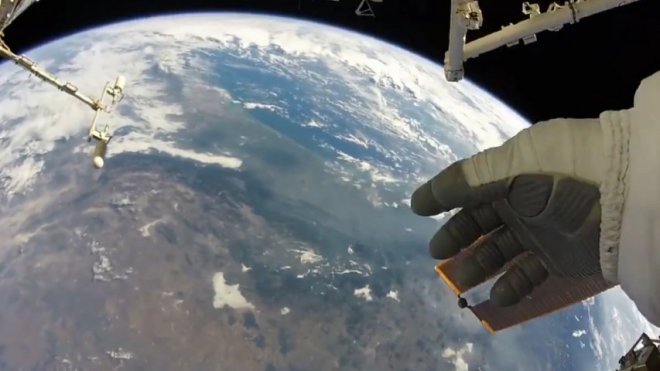
The next flyby target of NASA's New Horizons mission which is an icy world billion kilometres past Pluto might have a small moon as orbital company, new data suggests.
The New Horizons probe, which flew past Pluto in 2015, is set to encounter the Kuiper Belt object, referred to as 2014 MU69, on New Year's Eve and New Year's Day, 2019.
"We really won't know what MU69 looks like until we fly past it, or even gain a full understanding of it until after the encounter," said New Horizons science team member Marc Buie, of the Southwest Research Institute, Boulder, Colorado.
Buie offered an update on the analysis of MU69 this week at the American Geophysical Union meeting in New Orleans.
Scientists were already excited to learn earlier this year that MU69 might be either peanut-shaped or even two objects orbiting one another, or what's known as a binary.
The data that led to these hints at MU69's nature were gathered over six weeks in June and July, when the team made three attempts to place telescopes in the narrow shadow - an event known as an occultation - of MU69 as it passed in front of a star.
The prospect that MU69 might have a moon arose from data collected during a different occultation on July 10 by NASA's airborne Stratospheric Observatory for Infrared Astronomy (SOFIA).
Focused on MU69's expected location while flying over the Pacific Ocean, SOFIA detected what appeared to be a very short drop-out in the star's light.
Further analysis of that data, including syncing it with MU69 orbit calculations provided by the European Space Agency's Gaia mission, opens the possibility that the "blip" SOFIA detected could be another object around MU69, Buie said.
"A binary with a smaller moon might also help explain the shifts we see in the position of MU69 during these various occultations," Buie added.
"It's all very suggestive, but another step in our work to get a clear picture of MU69 before New Horizons flies by, just over a year from now," Buie said.
That flyby will be the most distant in the history of space exploration.
Discovered in 2014, the object MU69 is more than 6.5 billion kilometres from Earth.








